Home>Garden Essentials>When To Plant Grass Seed In Maine
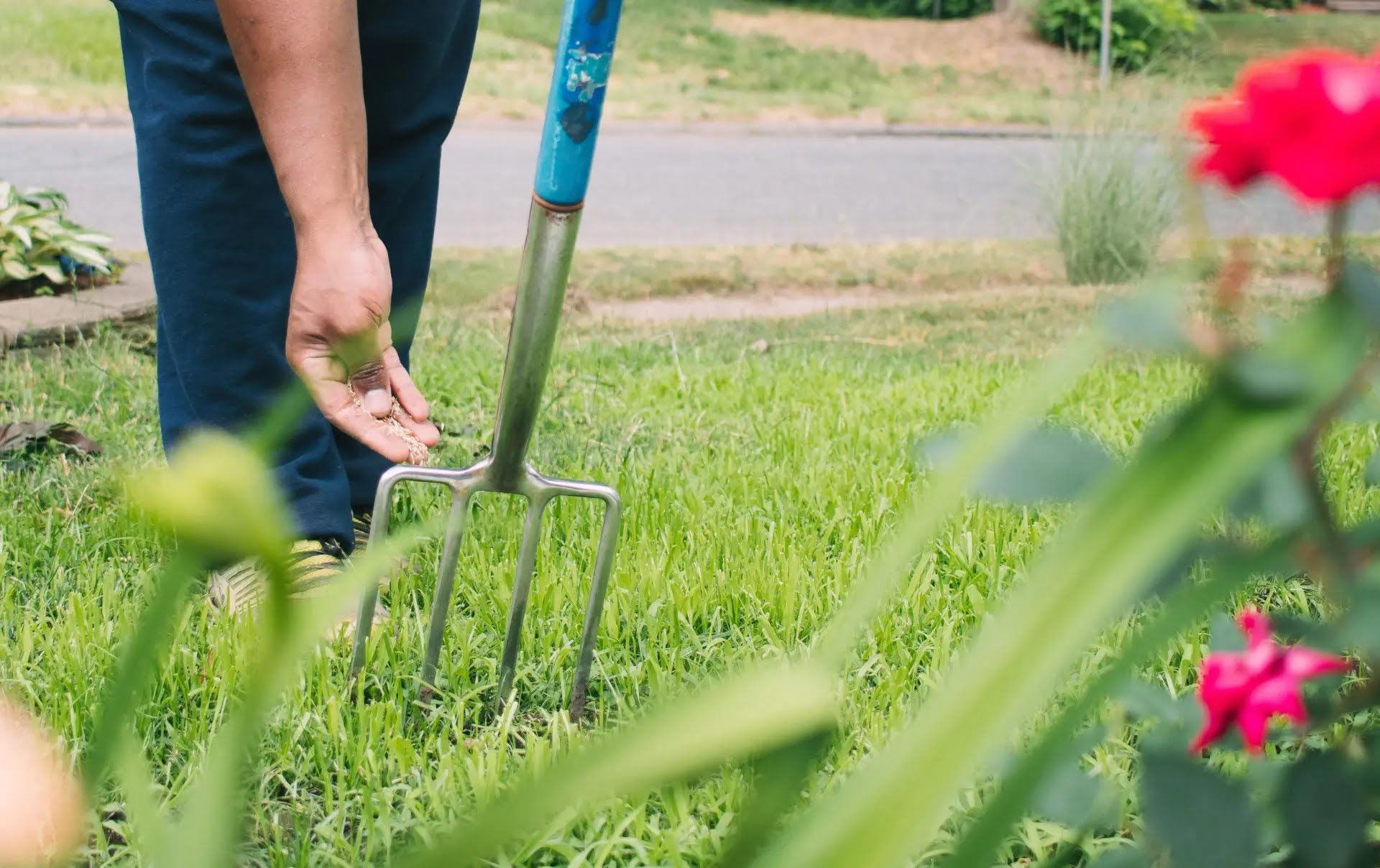

Garden Essentials
When To Plant Grass Seed In Maine
Modified: March 24, 2024
Find out the best time to plant grass seed in Maine and create a vibrant garden. Follow our expert tips for successful planting and maintenance.
(Many of the links in this article redirect to a specific reviewed product. Your purchase of these products through affiliate links helps to generate commission for Storables.com, at no extra cost. Learn more)
Introduction
Welcome to the beautiful state of Maine, where lush green landscapes and picturesque gardens are a cherished sight. If you’re an aspiring gardener or simply want to enhance your outdoor space, planting grass seed is a great way to achieve a vibrant and healthy lawn. But when is the best time to plant grass seed in Maine? In this article, we will explore the climate of Maine, the types of grasses that thrive in this region, factors to consider before planting, and the steps to successfully plant and care for grass seed. So let’s get started and create a stunning green oasis in your backyard!
Key Takeaways:
- Late summer and early fall are the best times to plant grass seed in Maine. This takes advantage of cool temperatures and ample rainfall, setting the stage for successful germination and establishment.
- Choosing the right grass seed varieties and providing proper care are crucial for creating a beautiful lawn in Maine. Factors like soil type, site conditions, and maintenance level should be considered for a vibrant and healthy lawn.
Read more: When To Plant Strawflower Seeds
Understanding the Climate of Maine
Before diving into the specifics of when to plant grass seed in Maine, it’s essential to understand the climate of this northeastern state. Maine experiences a humid continental climate, characterized by cold, snowy winters and mild summers.
Winter in Maine can be harsh, with temperatures dropping below freezing and heavy snowfall. The ground often remains frozen for extended periods, making it unsuitable for planting grass seed during this time.
Summer in Maine brings moderate temperatures, typically ranging from 70 to 80 degrees Fahrenheit (21 to 27 degrees Celsius). The state experiences ample precipitation during this season, ensuring adequate moisture for plant growth.
It’s important to note that Maine experiences a relatively short growing season, typically lasting from late spring to early fall. This limited window of opportunity for plant growth must be considered when determining the best time to plant grass seed.
Another crucial aspect of Maine’s climate is its geographical diversity. From the coastal regions to the inland areas, there can be significant variations in temperature, precipitation, and soil conditions. It’s essential to consider these factors when selecting grass varieties that can thrive in specific regions of Maine.
Now that we have a better understanding of Maine’s climate, let’s explore the types of grasses that are well-suited to this region.
Types of Grasses that Thrive in Maine
Maine’s climate and diverse soil conditions make it suitable for various types of grasses. When selecting grass seed for your lawn, it’s important to choose varieties that can withstand the region’s cold winters and short growing season. Here are some grasses that thrive in Maine:
- Kentucky Bluegrass: Kentucky Bluegrass is a popular choice for lawns in Maine due to its ability to tolerate cold temperatures and thrive in a variety of soil types. It has a fine texture and deep green color, making it visually appealing.
- Fescue: Fescue grasses, such as Tall Fescue and Fine Fescue, are well-suited to Maine’s climate. They are known for their durability, drought resistance, and shade tolerance.
- Perennial Ryegrass: Perennial Ryegrass is another grass species that performs well in Maine. It germinates quickly, establishing a lush lawn within a short period. It also exhibits good tolerance to foot traffic and has excellent disease resistance.
- Red Fescue: Red Fescue is a cool-season grass that thrives in Maine’s coastal regions. It has excellent salt tolerance, making it a suitable choice for areas near the ocean.
When selecting grass seed, consider factors such as your location within Maine, soil type, sun exposure, and desired aesthetic. It’s recommended to choose a blend or mix of grass seed varieties to ensure optimal performance and resilience against various environmental conditions.
Now that we have explored the types of grasses that thrive in Maine, let’s discuss some important factors to consider before planting grass seed.
Factors to Consider Before Planting Grass Seed
Before you start planting grass seed in your Maine lawn, it is essential to take several factors into consideration. By considering these factors, you can ensure the success of your lawn and make the best choices for your specific needs. Let’s explore some important factors:
- Soil Type: Understanding your soil type is crucial for selecting the right grass seed. Maine has a variety of soil types, including clay, loam, and sandy soils. Conduct a soil test to determine the pH level, nutrient content, and overall soil health. This information will help you choose a grass seed variety that is well-suited to your soil conditions.
- Site Conditions: Take note of the amount of sunlight your lawn receives throughout the day. Some grass varieties, like Kentucky Bluegrass, thrive in full sun, while others, like Fine Fescue, tolerate shade better. Also, consider factors like drainage, slope, and soil moisture, as they can impact the growth and health of your lawn.
- Maintenance Level: Assess the time and effort you are willing to invest in lawn maintenance. Some grasses require more frequent mowing, feeding, and watering, while others are low-maintenance. Consider your lifestyle and choose a grass variety that aligns with your maintenance preferences.
- Climate Adaptability: As mentioned earlier, Maine has a unique climate with cold winters and a short growing season. Select grass seed varieties that are adapted to withstand these conditions. Look for cold-hardy grasses that can thrive in the region’s cool temperatures and have good disease resistance.
- Intended Use: Determine how you plan to use your lawn, whether it’s for high-traffic areas, aesthetics, or recreational purposes. Some grasses, like Tall Fescue, are known for their durability and can withstand heavy foot traffic, while others, like Perennial Ryegrass, establish quickly and are ideal for areas where you desire fast germination and establishment.
By considering these factors, you can make informed decisions about the type of grass seed to choose, ensuring a beautiful and resilient lawn in Maine. Now that we have covered the factors to consider, let’s move on to discussing the best time to plant grass seed in Maine.
Best Time to Plant Grass Seed in Maine
The ideal time to plant grass seed in Maine is during the late summer and early fall, specifically in the months of August through September. Planting during this time takes advantage of the region’s cool temperatures and typically ample rainfall, providing optimal conditions for germination and establishment.
Planting grass seed in late summer allows the young grass plants to develop strong root systems before the harsh winter sets in. The cooler temperatures also help to prevent excessive weed growth, giving your grass seedlings a better chance to thrive.
It’s worth noting that planting grass seed too late in the fall may not allow sufficient time for the seedlings to establish before winter dormancy. On the other hand, planting too early in the summer can expose the young grass to heat stress and weed competition.
Timing is crucial, and it’s recommended to monitor the weather conditions and soil temperature before starting the seeding process. Soil temperatures should be around 50 to 65 degrees Fahrenheit (10 to 18 degrees Celsius) for optimal grass seed germination.
If you missed the optimal late summer to early fall planting window, don’t worry. Spring is another suitable time to plant grass seed in Maine. Aim to sow the seed in late April or early May when the soil has thawed and the temperatures are consistently above freezing.
Regardless of the season you choose, proper preparation and care are vital for successful grass seed establishment. So, let’s dive into the essential steps for planting grass seed in Maine.
The best time to plant grass seed in Maine is in late summer to early fall, typically from mid-August to mid-September. This allows the seeds to establish before the winter and gives them a head start for the following spring.
Read more: When To Plant Seeds In A Greenhouse
Preparing the Soil for Planting
Before planting grass seed in your Maine lawn, it’s crucial to prepare the soil to create an optimal environment for seed germination and growth. Here are the essential steps to follow:
- Clear the area: Begin by removing any existing vegetation, such as weeds, rocks, and debris from the area where you plan to plant the grass seed. This ensures that the soil is clean and free from competition for nutrients and sunlight.
- Test the soil: Conduct a soil test to determine the pH level and nutrient content of your soil. This information will help you determine if any amendments are necessary to create a balanced and fertile soil environment. You can purchase soil testing kits or send a sample to a local agricultural extension office for analysis.
- Loosen the soil: Use a garden fork or a tiller to loosen the top few inches of soil. This helps to improve aeration and drainage, allowing the grass roots to penetrate easily.
- Level the surface: Smooth out any uneven areas in the soil surface to create a level base for planting the grass seed. This can be done by raking the soil or using a lawn roller to achieve an even surface.
- Add organic matter: Incorporate organic matter, such as compost or well-rotted manure, into the soil. This helps improve soil structure, fertility, and moisture retention. Spread a layer of organic matter over the soil and work it into the top few inches using a rake or garden fork.
- Apply fertilizer: If your soil test indicates nutrient deficiencies, apply a balanced lawn fertilizer according to the recommended rates. This provides essential nutrients for the grass seedlings’ early growth and establishment.
By following these steps, you’ll create a favorable foundation for your grass seed. Once the soil is properly prepared, you can proceed to the next phase of planting the grass seed. In the upcoming section, we will discuss the steps for planting grass seed in Maine.
Steps for Planting Grass Seed
Now that you have prepared the soil, it’s time to proceed with planting the grass seed in your Maine lawn. Follow these steps to ensure successful seed germination and establishment:
- Choose the right seed: Select a high-quality grass seed blend or mix that is well-suited to the growing conditions in Maine, taking into consideration factors such as climate, soil type, and intended use. Refer to the seed packaging for recommended seeding rates.
- Divide the area: Divide your lawn into manageable sections to make the planting process easier. This is especially helpful if you have a large lawn to seed.
- Sow the seed: Use a spreader or broadcast the grass seed evenly over the prepared soil surface. Follow the recommended seeding rates mentioned on the seed packaging. For small areas, hand broadcasting is also an option.
- Rake the seed: Use a garden rake to lightly rake the seed into the top ¼ to ½ inch (0.6 to 1.3 cm) of soil. This helps to ensure good seed-to-soil contact and encourages proper germination.
- Water the area: After sowing the seed, thoroughly water the seeded area. The soil should be kept consistently moist but not waterlogged during the germination and establishment period.
- Mulch the area (optional): Applying a thin layer of straw or mulch over the seeded area can help protect the seeds from erosion, birds, and excessive sunlight. This is especially beneficial in windy or dry conditions.
- Water regularly: Continue to water the seeded area regularly, aiming for about 1 inch (2.5 cm) of water per week. Monitor the soil moisture and adjust watering frequency to prevent drying out or overwatering.
- Mow at the right time: Once the grass seedlings reach a height of approximately 3 to 4 inches (7.6 to 10.2 cm), it’s time to give them their first mow. Set the mower blade at a high setting and remove no more than one-third of the grass height to avoid stressing the young plants.
By following these steps, you’ll give your grass seed the best chance to germinate and establish a healthy lawn. However, it’s important to note that patience is key as it takes time for the grass to fully mature. Now, let’s move on to discussing how to care for newly planted grass seed.
Caring for Newly Planted Grass Seed
After planting grass seed in your Maine lawn, it’s essential to provide proper care to ensure successful germination and healthy growth. Here are some important tips for caring for newly planted grass seed:
- Water regularly: Water the seeded area consistently to keep the soil moist. Begin by watering lightly immediately after seeding, and continue to water daily, or as needed, to keep the soil evenly moist. Avoid overwatering, which can lead to shallow root development and disease.
- Monitor soil moisture: Check the soil moisture regularly by inserting your finger into the soil. If it feels dry at a depth of about 1 inch (2.5 cm), it’s time to water. Adjust your watering schedule based on rain and temperature conditions.
- Avoid foot traffic: Minimize foot traffic on the newly seeded areas to prevent soil compaction and damage to the delicate grass seedlings. Consider placing temporary barriers or signs to prevent people and pets from walking on the seeded area.
- Avoid mowing until grass is established: Allow the grass seedlings to grow and establish for at least four to six weeks before mowing. Once the grass reaches a height of 3 to 4 inches (7.6 to 10.2 cm), gradually introduce mowing, ensuring not to remove more than one-third of the grass height at a time.
- Control weeds: Keep an eye out for any weed growth in the newly seeded areas. Remove weeds by hand or use a selective herbicide specifically labeled for use on new grass seedlings, following the instructions carefully.
- Apply starter fertilizer: After the grass seedlings have emerged and established, apply a starter fertilizer according to the recommended rates. This helps provide essential nutrients for growth and encourages vigorous root development.
- Maintain proper mowing height: Once the grass is established, maintain a proper mowing height based on the grass species you have planted. It is generally recommended to keep the grass at a height of about 2.5 to 4 inches (6.4 to 10.2 cm) to promote a healthy and resilient lawn.
- Continue regular maintenance: Once the grass is established, follow a regular maintenance routine, including proper watering, fertilizing, and mowing, to keep your lawn healthy and lush.
With proper care and attention, your newly planted grass seed will gradually grow into a beautiful and vibrant lawn. Remember that establishing a lawn takes time, and it’s important to be patient and consistent with your lawn care efforts. Now, let’s address some common issues and troubleshooting tips for your Maine lawn.
Common Issues and Troubleshooting
While caring for newly planted grass seed in your Maine lawn, you may encounter certain common issues. Here are some troubleshooting tips to address these problems:
- Poor germination: If you notice poor or patchy germination, it may be due to uneven seed distribution or inadequate soil contact. Rake the area lightly and overseed the thin or bare spots. Ensure that the seed comes into direct contact with the soil.
- Weed invasion: Weeds can compete with the grass seedlings for nutrients and sunlight. Remove weeds manually by hand-pulling or spot treat them with a selective herbicide labeled for use on new grass seedlings.
- Insect infestation: Insects like grubs or chinch bugs can damage the grass seedlings. Monitor your lawn for signs of insect activity, such as wilting or browning patches. Apply an appropriate insecticide if the infestation becomes severe.
- Disease development: Excessive moisture, poor air circulation, or improper watering can contribute to disease development in the grass seedlings. Avoid overwatering and ensure adequate drainage. If you notice signs of disease, consult a lawn care professional for appropriate treatment options.
- Inadequate soil fertility: If the grass seedlings appear pale or show stunted growth, it may indicate a nutrient deficiency in the soil. Consider conducting a soil test to determine the nutrient levels and make necessary amendments using a balanced fertilizer.
- Environmental stress: Extreme weather conditions, such as drought or excessive heat, can stress the newly planted grass seedlings. Provide supplemental watering during dry periods and avoid mowing too short, which can further stress the young plants.
By addressing these common issues and taking appropriate measures, you can ensure the successful establishment of your grass seed and promote a healthy and thriving lawn in Maine. With proper care and maintenance, your lawn will develop into a vibrant and enjoyable outdoor space. Now, let’s wrap up our discussion.
Read more: When To Plant Orange Seeds
Conclusion
Planting grass seed in Maine is a rewarding endeavor that allows you to create a lush and vibrant lawn. By understanding the climate of Maine, choosing the right grass seed varieties, and considering factors like soil type, site conditions, and maintenance level, you can set the stage for a successful lawn.
The best time to plant grass seed in Maine is during the late summer and early fall, taking advantage of the cooler temperatures and ample rainfall. Properly preparing the soil, sowing the seed, and providing adequate water and care are crucial for successful germination and establishment.
Throughout the process, it’s important to monitor for common issues such as poor germination, weed invasion, insect infestation, and disease development. By troubleshooting these problems and addressing them promptly, you can ensure the health and vitality of your lawn.
In conclusion, with patience, proper planning, and diligent care, you can create a beautiful and healthy lawn in Maine. Whether you’re enjoying a picnic, playing with your children, or simply relaxing in your yard, your well-maintained lawn will provide a stunning backdrop for outdoor activities. So get started on your grass seed planting journey and watch as your lawn transforms into a picturesque oasis.
Frequently Asked Questions about When To Plant Grass Seed In Maine
Was this page helpful?
At Storables.com, we guarantee accurate and reliable information. Our content, validated by Expert Board Contributors, is crafted following stringent Editorial Policies. We're committed to providing you with well-researched, expert-backed insights for all your informational needs.
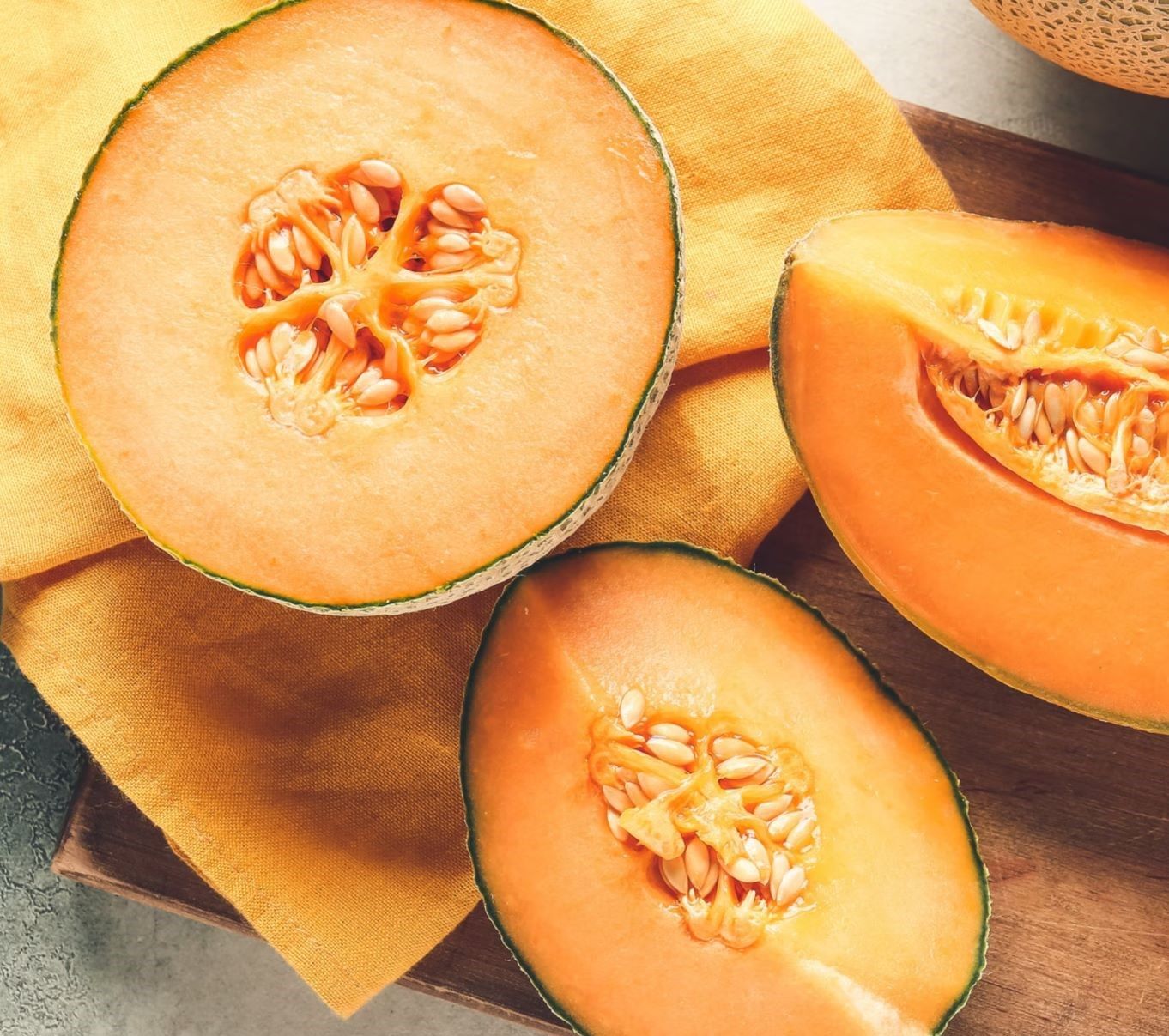

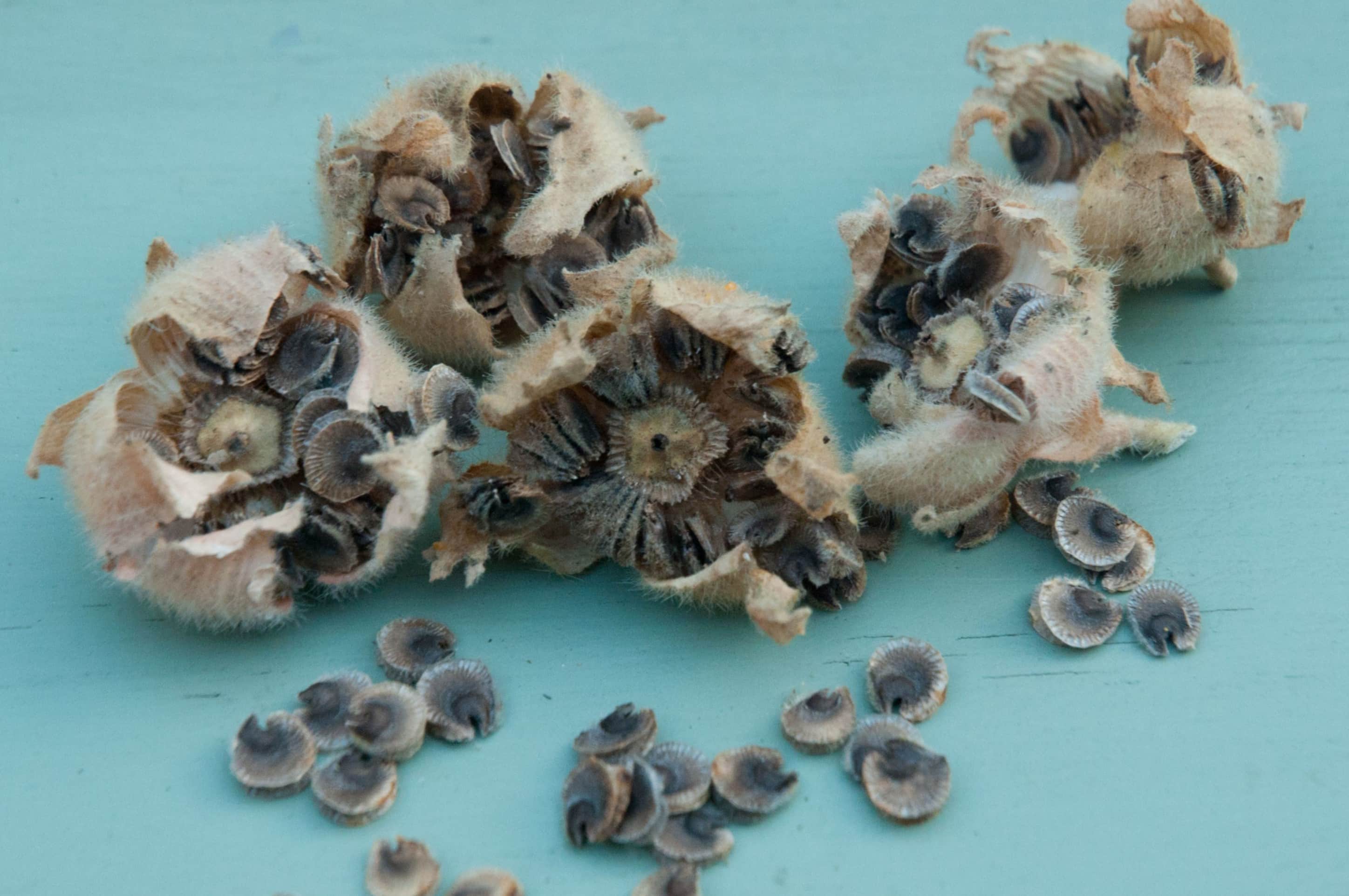
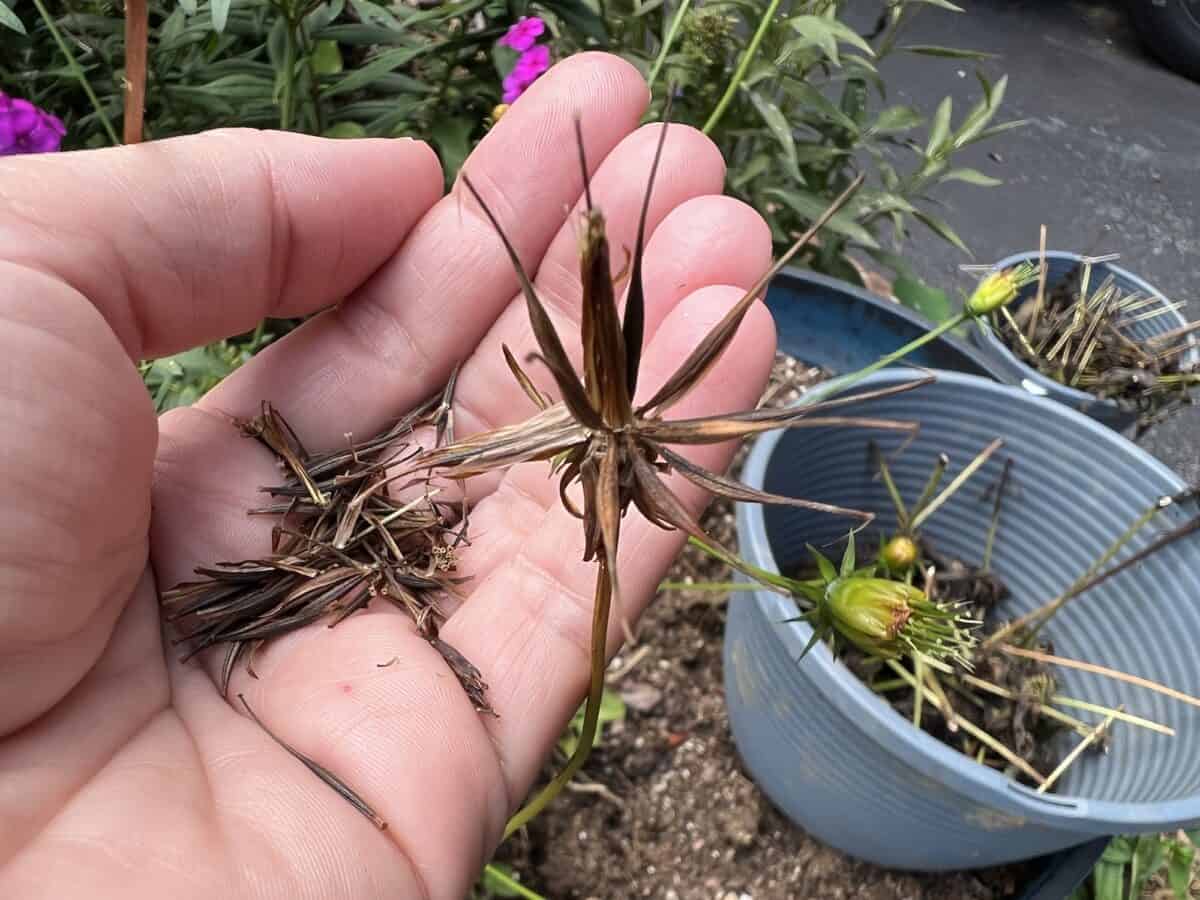
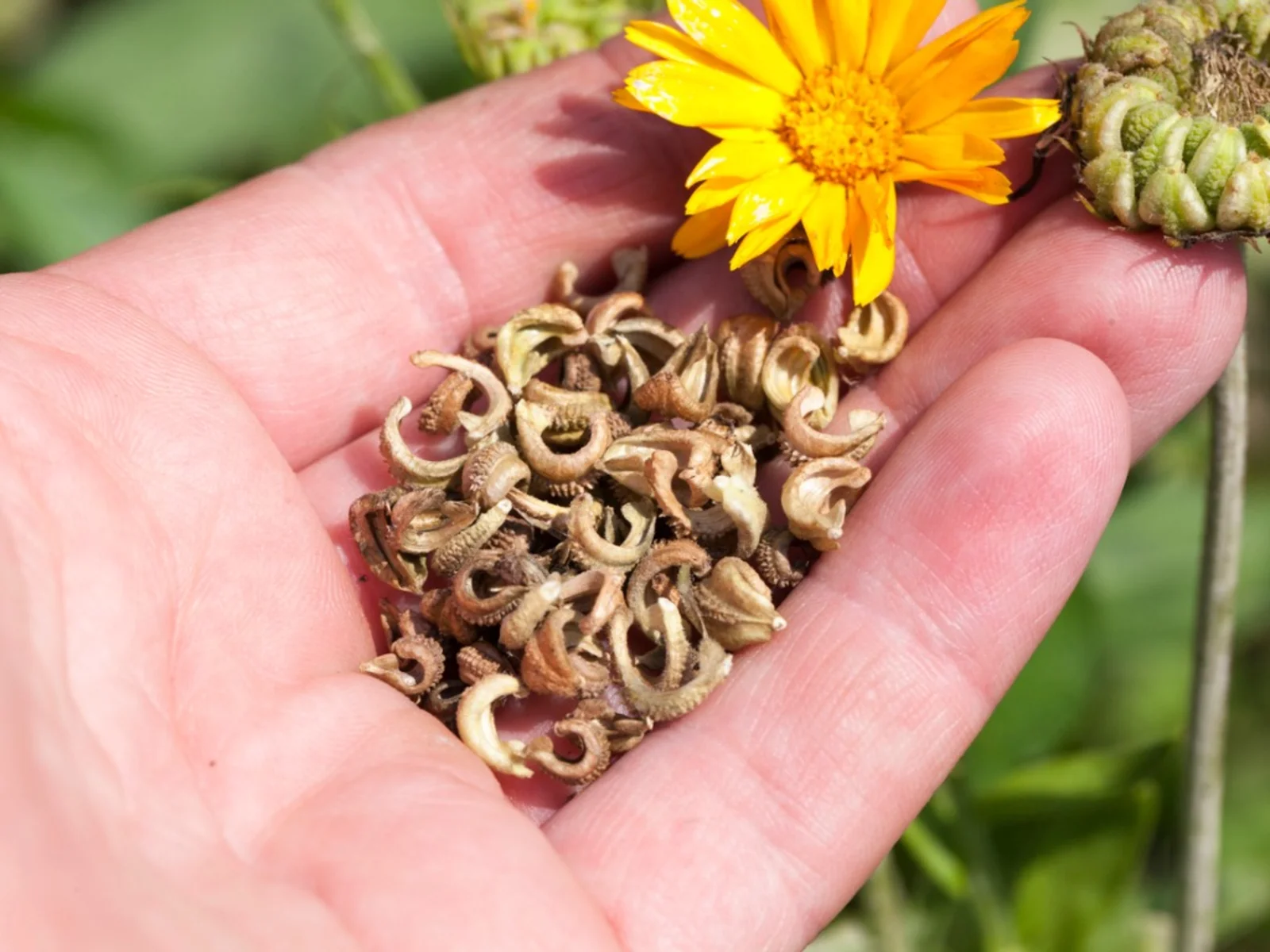
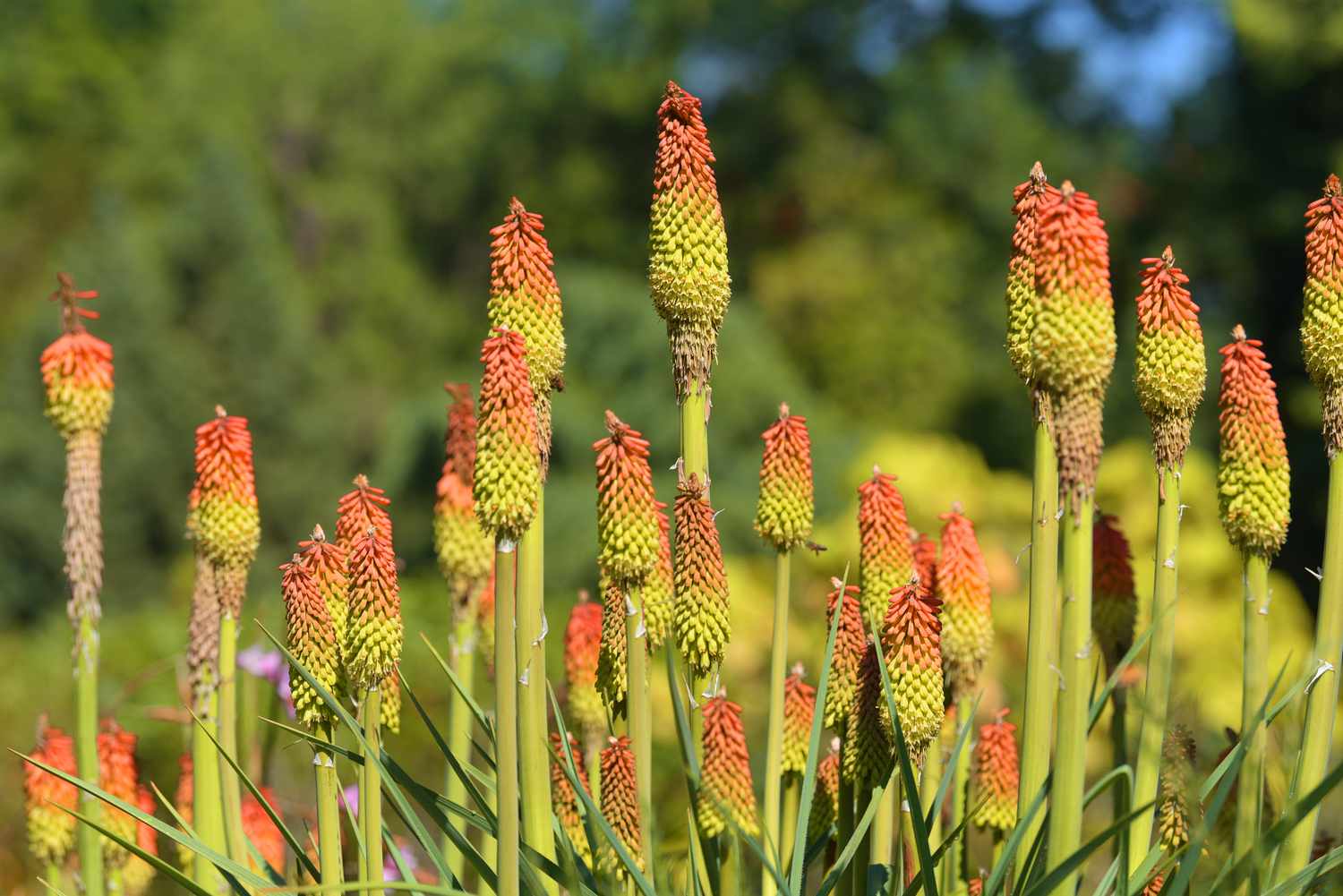
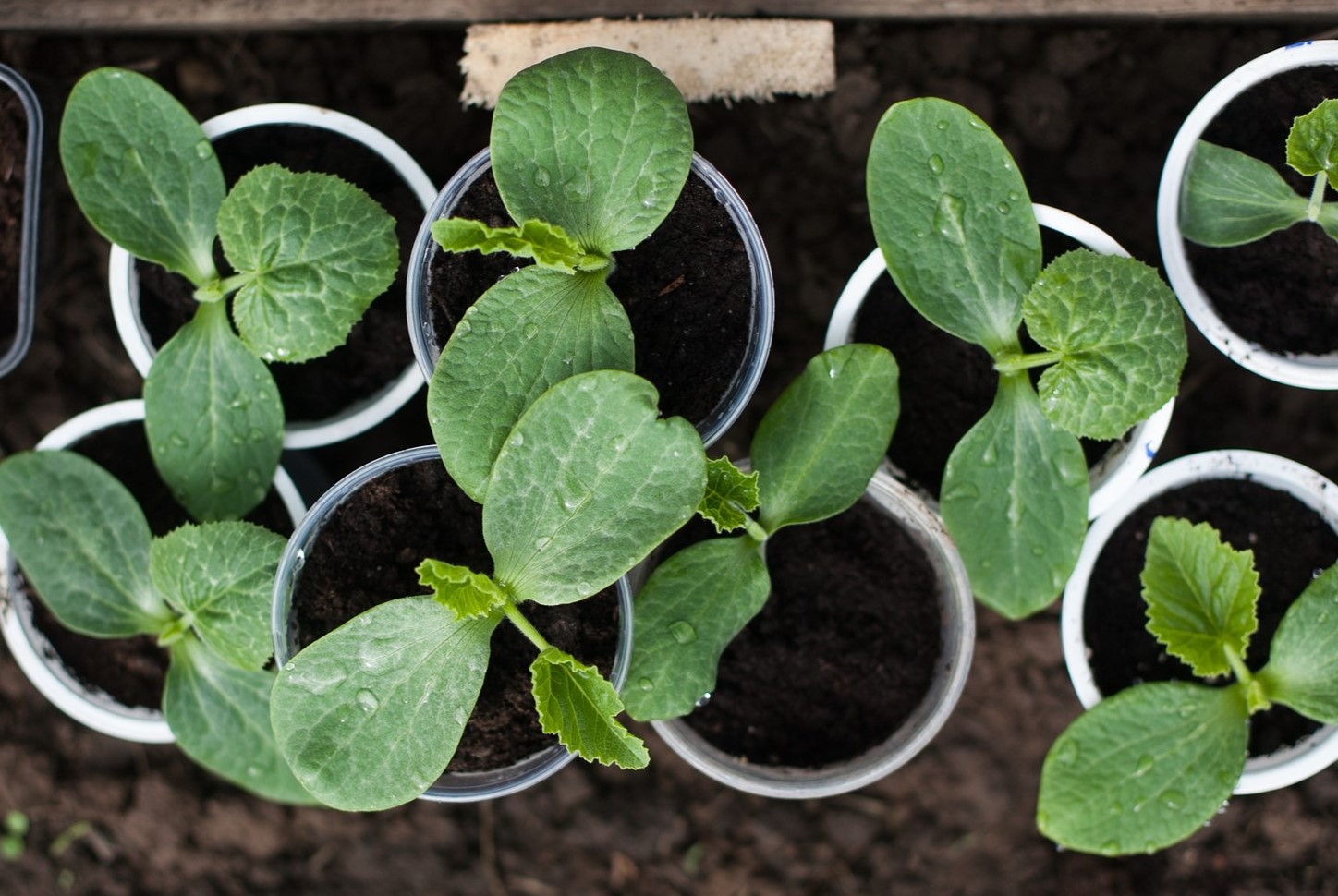
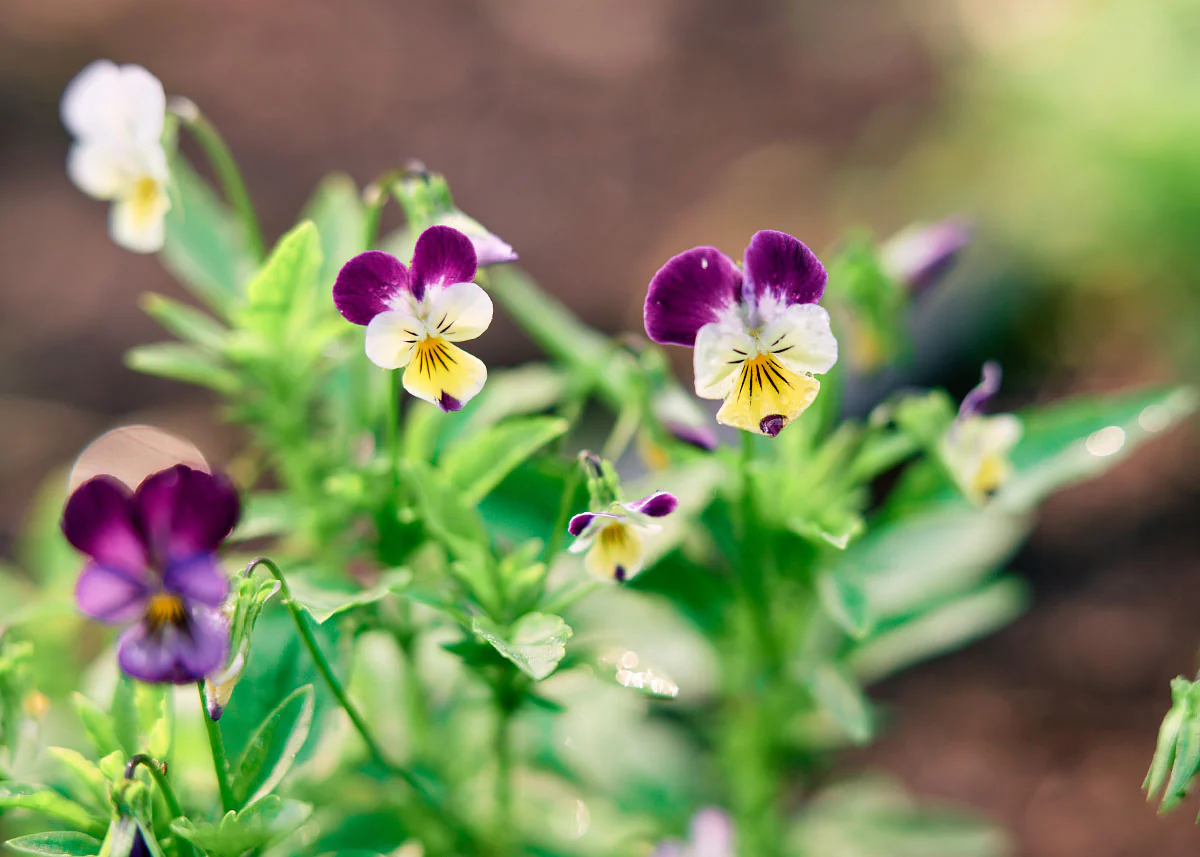
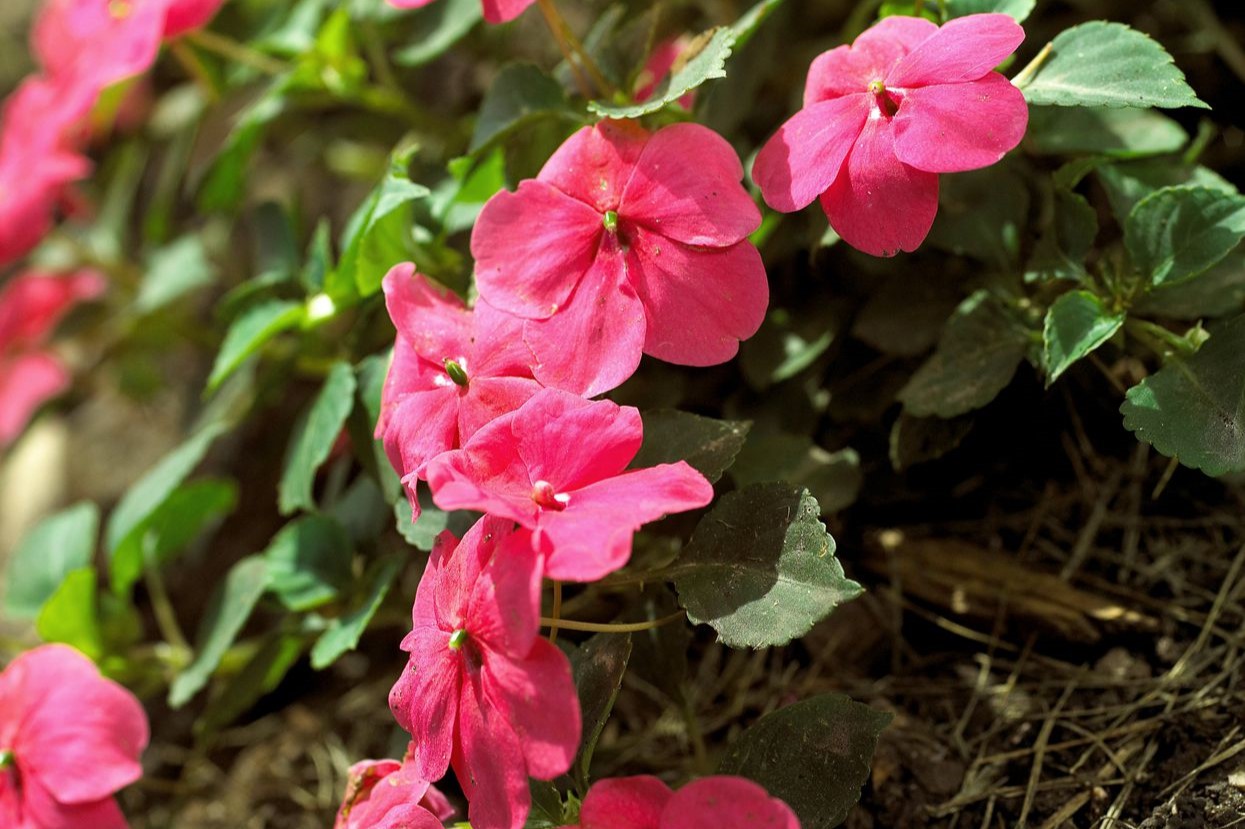
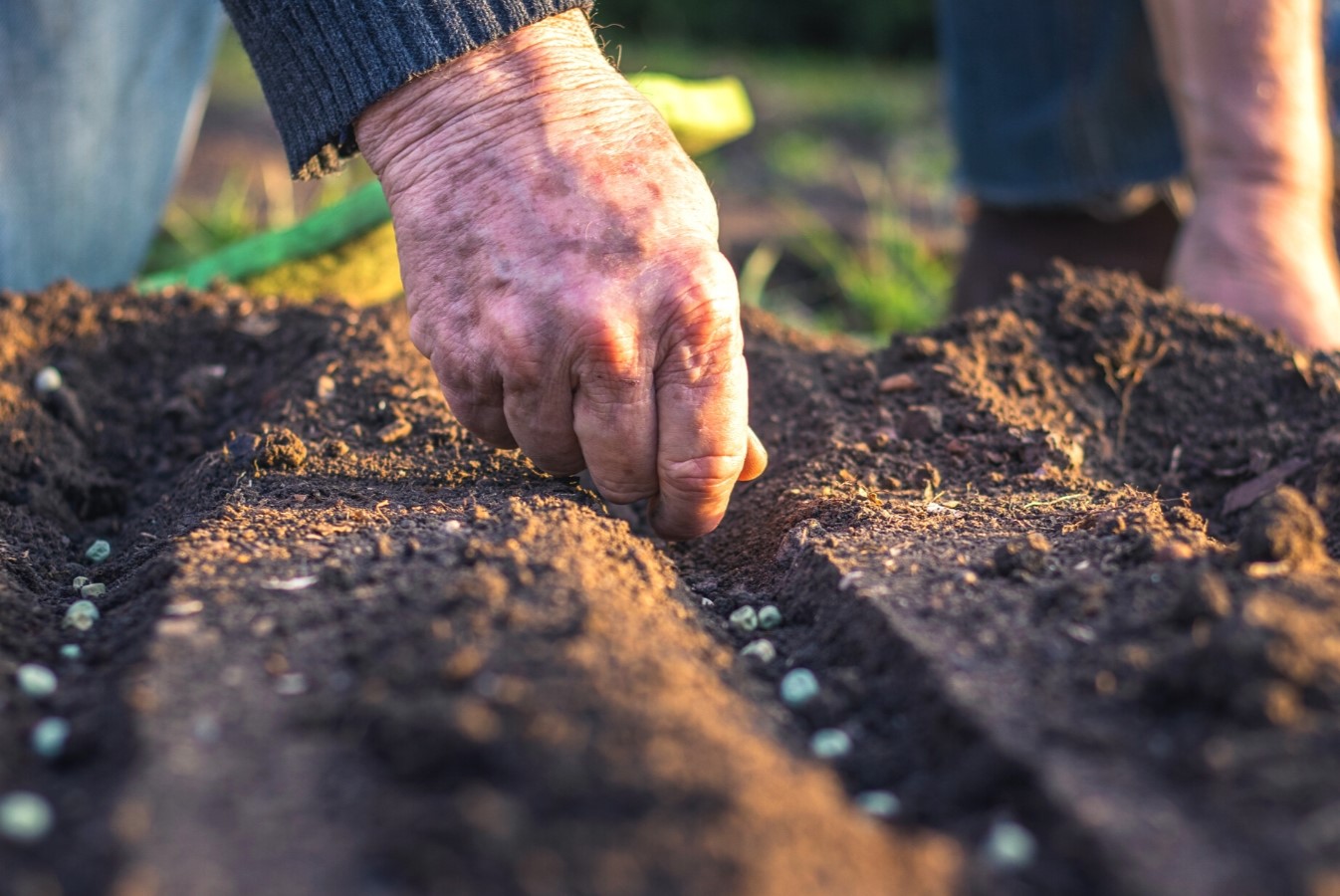
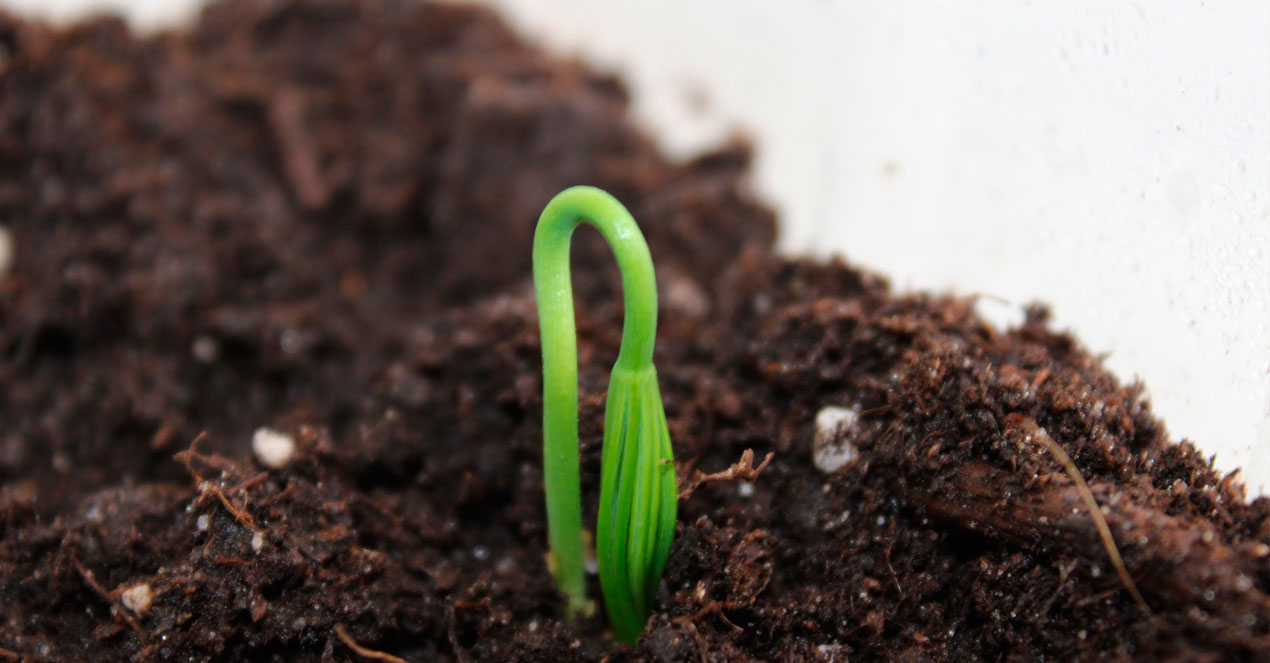
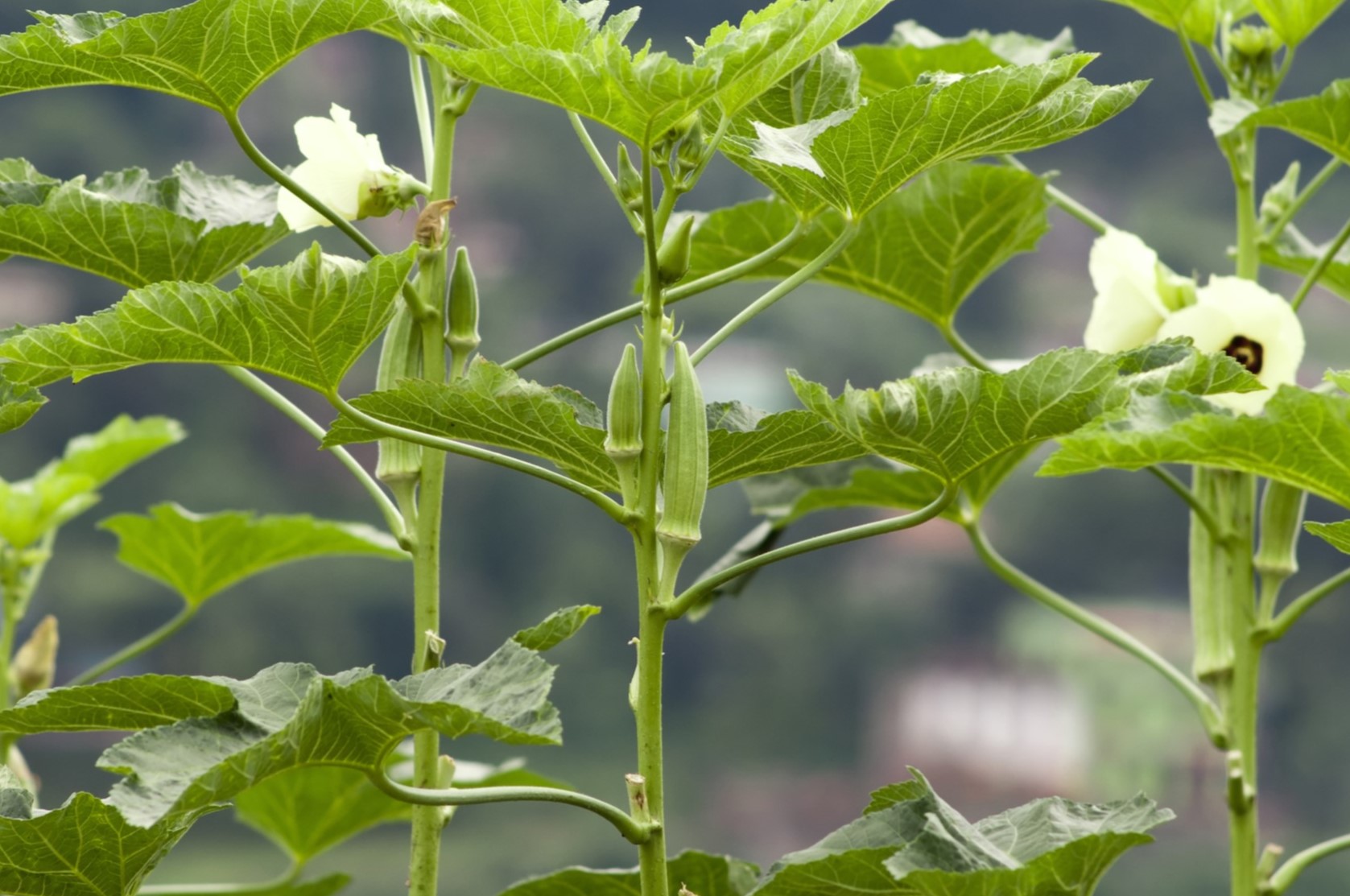
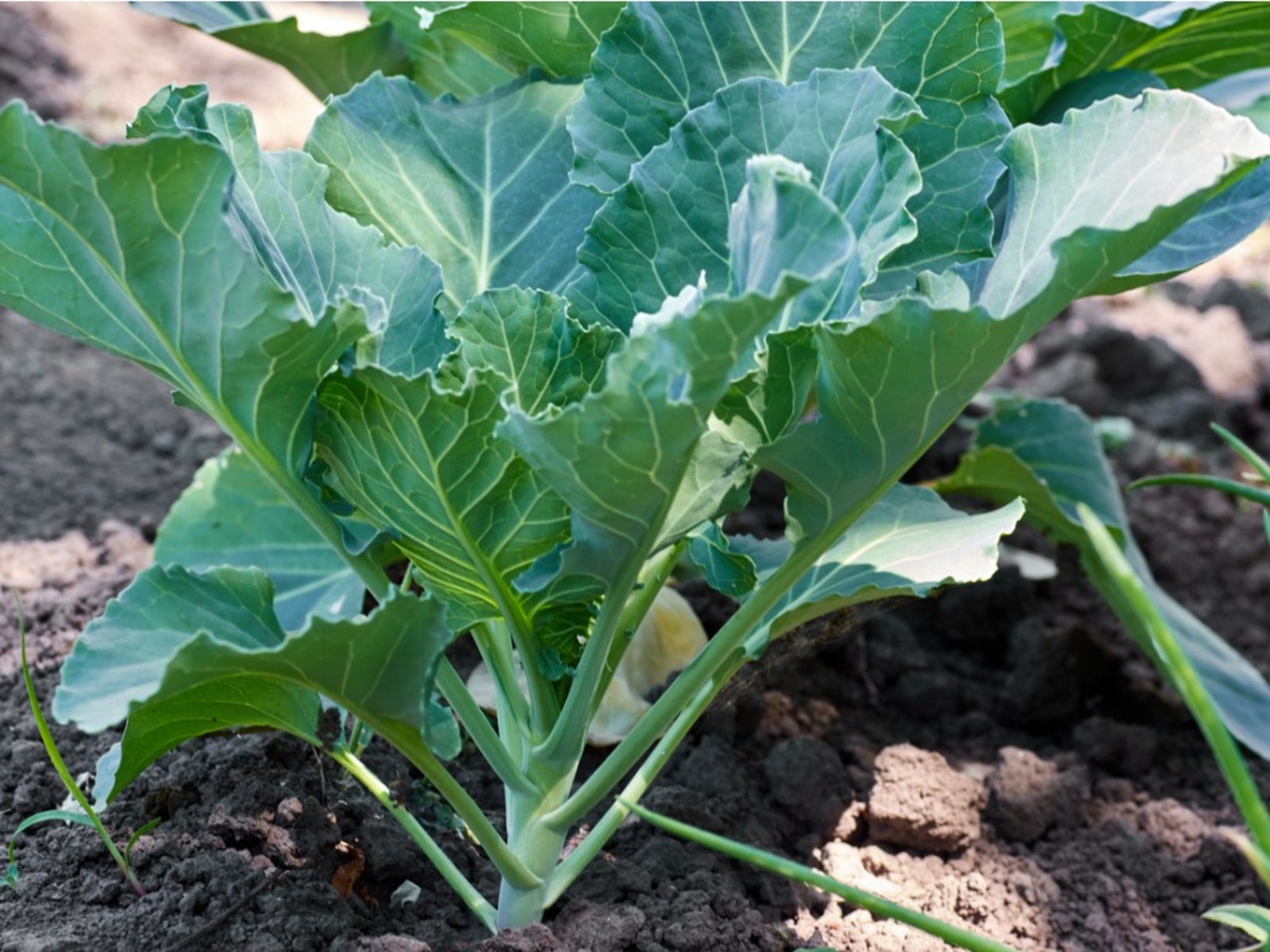

0 thoughts on “When To Plant Grass Seed In Maine”